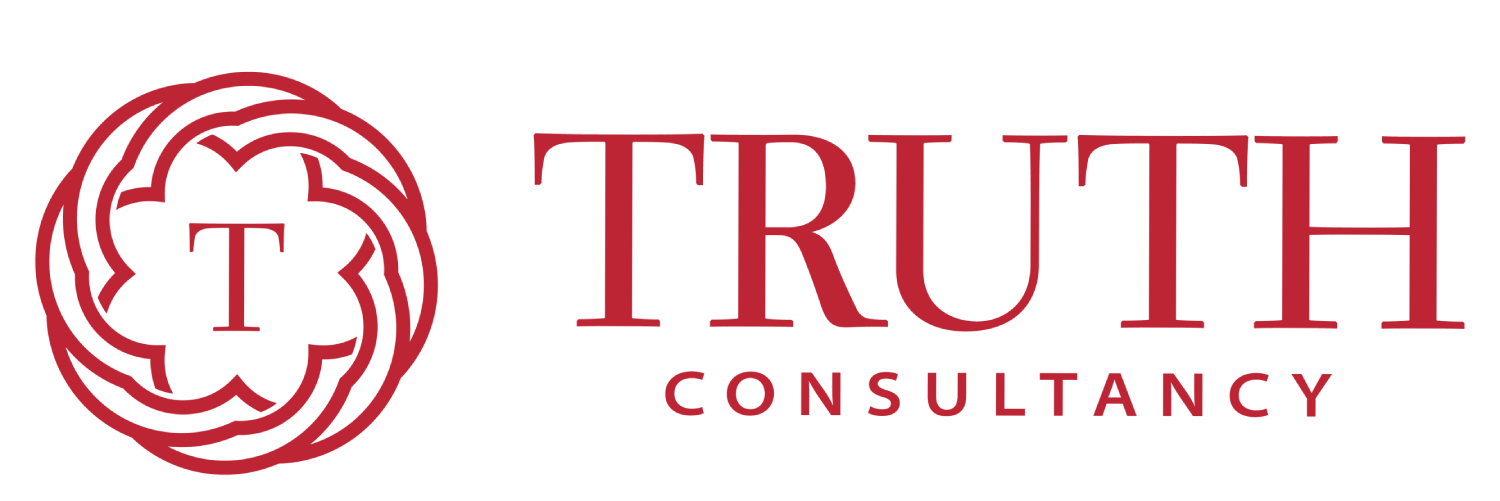Introduction
This course offers insights into Applying the expected credit loss model to trade receivables using a provision matrix, where Many assume that the accounting for financial instruments is an area of concern only for large financial entities like banks. This is not the case. Almost every entity has financial instruments that they need to account for. Almost every entity has trade receivables, and the new financial instruments standard changes the way entities must think about impairment. In this publication, we focus on the new impairment requirements in IFRS 9.Specifically, we will focus on the impairment guidance for trade receivables, contract assets recognized under IFRS 15, and lease receivables under IAS 17 (or IFRS 16). By combining techniques analysis, problems, and examples with a real case study the course provides delegates with key finance terminology and practice. This course not only presents the key financial tools generally used but also explains the broader context of how and where they are applied to obtain meaningful answers. It provides a conceptual backdrop both for the financial/economic dimensions of Applying the expected credit loss model and for the Revenue recognition process. The course is targeted at providing a university-quality ‘MBA’ overview of finance, risk management, and corporate governance. Participants are expected to be high-potential learners seeking the next level of learning. Additional bibliographies, readings, and spreadsheets will be provided as takeaways.
This course illustrates the core principle of the revenue standard which is to depict the transfer of promised goods or services to customers in an amount that reflects the consideration to which an entity expects to be entitled in exchange for those goods and services. Significant judgments frequently need to be made when an entity evaluates the appropriate recognition of revenue from contracts with customers. These judgments are often required throughout the revenue standard's five-step process that an entity applies to determine when, and how much, revenue should be recognized.
This program is for experienced professionals who need to further develop their expertise IN interpreting financial statements to better tell their company’s economic story. Participants should have some exposure to financial reports, statements and balance sheets and often tend to be in finance roles from any industry.
The main objective to Gain the skills and knowledge to measure a company's profitability, assess its strengths and weaknesses, and understand the main drivers of value.
Course Objectives
This course will help you learn how to:
Identify and solve the complexity of the ‘general approach’ in IFRS 9 necessitatedsome simplifications for trade receivables, contract assets under IFRS 15 Revenuefrom Contracts with Customers, and lease receivables under IAS 17 Leases or IFRS16 Leases. Certain accounting policy choices apply.
Understand the ‘general approach’ and why there is a need for a ‘simplifiedapproach’?
Apply the ‘simplified approach’, for trade receivables with no significant financingcomponent, a provision matrix can be applied. This course provides a steppedapproach to using a provision matrix and determining What accounting policychoices are available when using the ‘simplified approach’.
Recognize trade receivables, contract assets and lease receivables and to Know What is meant by 12-month expected credit losses and lifetime expected credit losses.

Course Outlines
DAY #01
- IFRS 9 Financial Instruments & Revenue Recognition introduction.
- Revenue Recognition Significant judgments.
- Identification of performance obligations.
- Principal-versus-agent assessment.
- Determination of the transaction price.
- Allocation of the transaction price.
- Identification of a measure of progress.
- Disclosures of performance obligations.
- Timing of revenue recognition.
- Significant payment terms.
- Significant financing components.
- Nature of goods and services (e.g., principal-versus-agent considerations).
DAY #02
- Determine the transaction price.
- Allocate the transaction price to performance obligations.
- Recognize revenue when (or as) the entity satisfies a performance obligation.
DAY #03
- IFRS9 (The difference from IAS 39 Financial Instruments).
- New impairment model based on expected credit losses.
- Recognition and Measurement where an incurred loss model was used.
- Determine the appropriate groupings of receivables into categories of shared credit risk characteristics.
DAY #04
- Determine the period over which historical loss rates are obtained.
- Developing estimates of expected future loss rates.
- Determine the historical loss rates.
DAY #05
- Consider forward-looking macro-economic factors.
- Adjusting historical loss rates to reflect relevant future economic conditions.
- Calculate the expected credit losses.

Schedule & Fees
LOCATION & DATE
21 JAN – 25 JAN , 2023
Alexandria , Egypt.
FEES
Per participant
USD 5,100
Fees + VAT as applicable
(including coffee breaks and a buffet lunch daily).
Hotel to be assigned.

